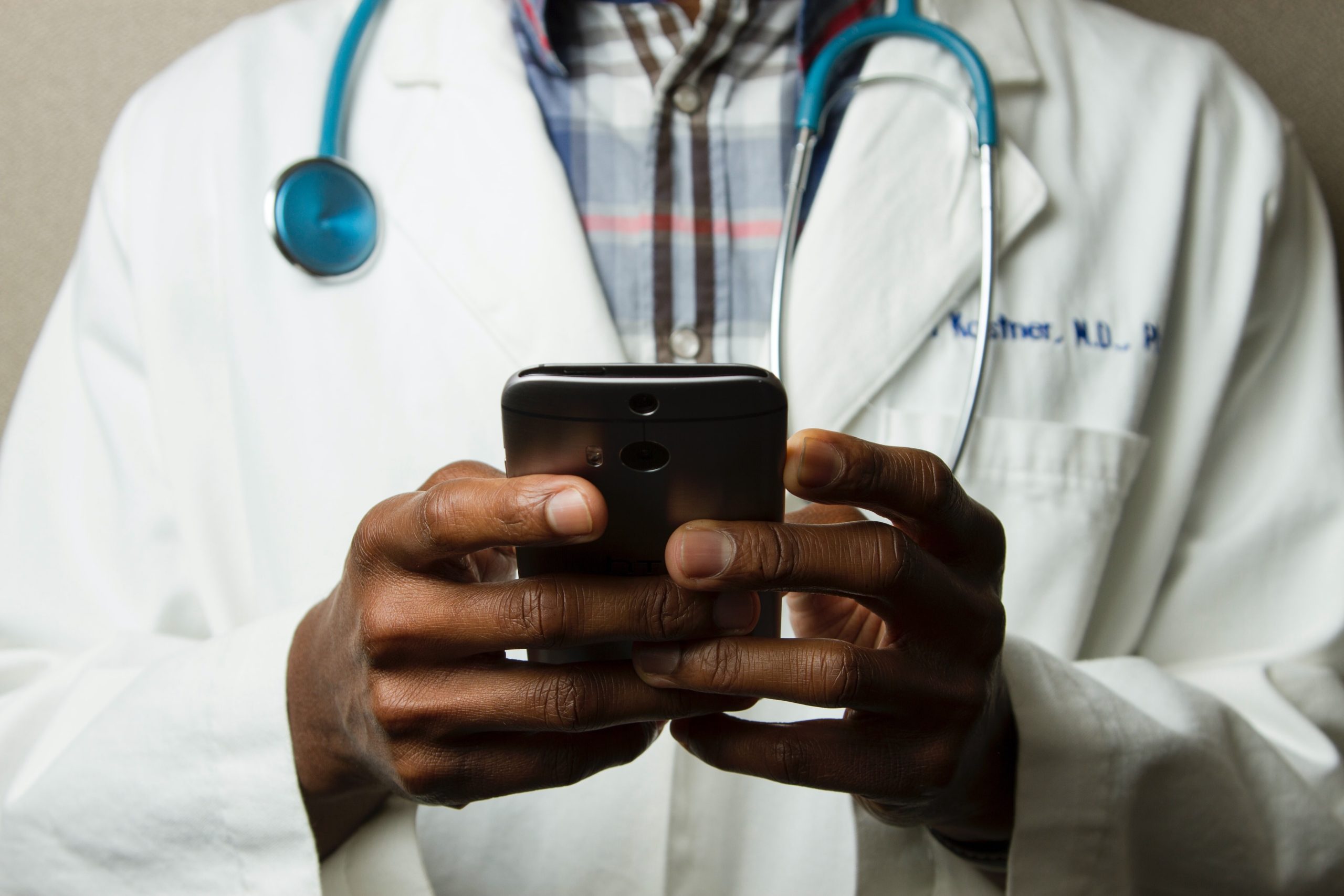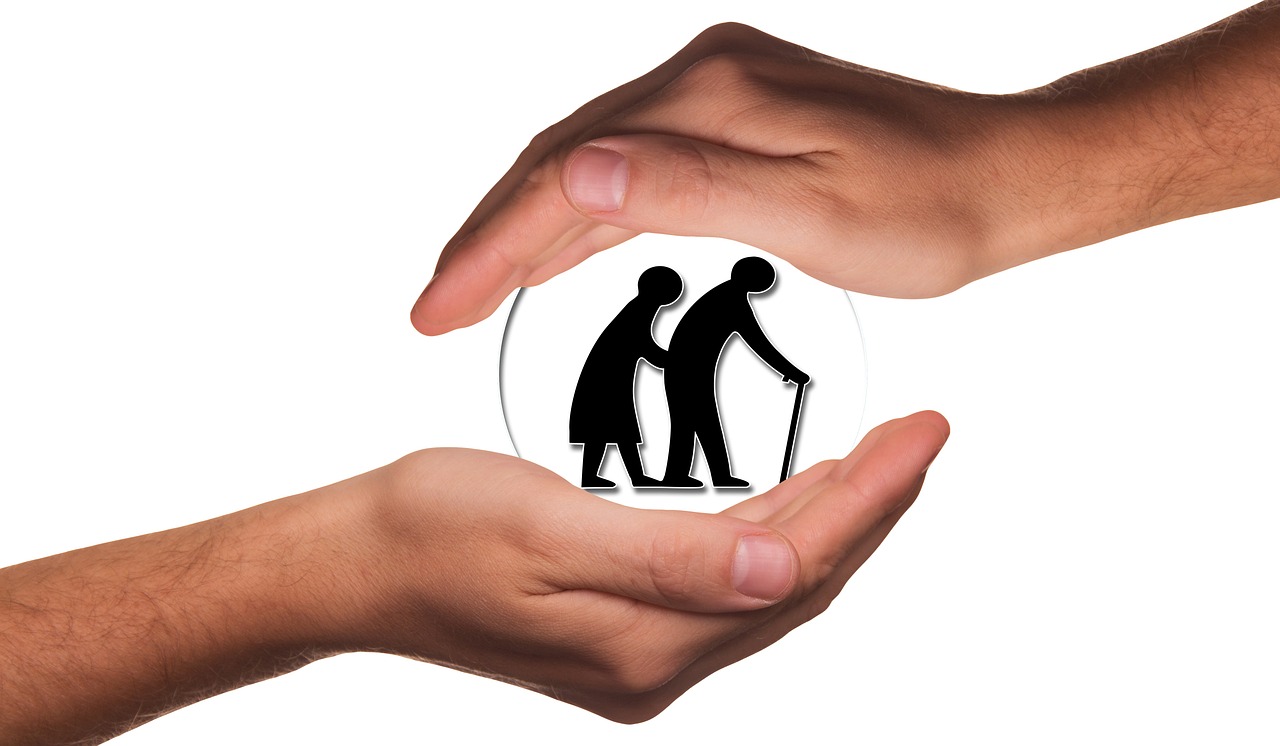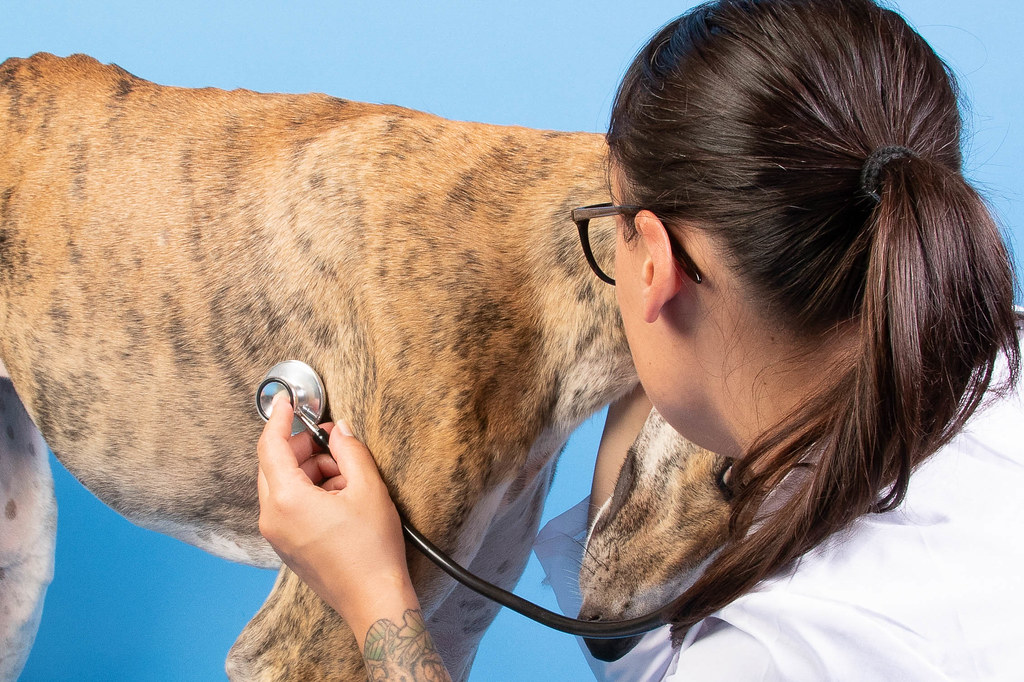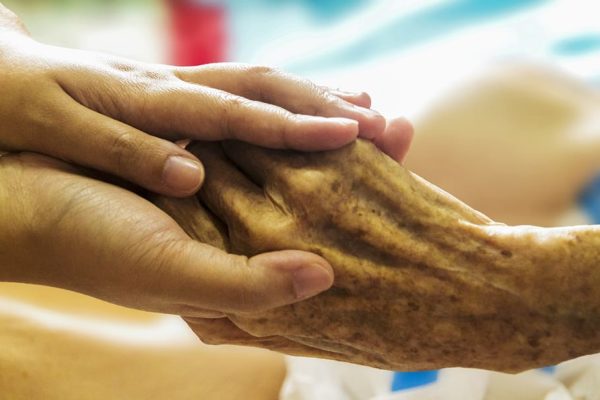While telemedicine’s applications in primary and senior home care have been extensively covered in journals and newspapers, comparatively little has been said about digitally-facilitated treatment’s place in emergency medicine. Telemedicine has significant, if relatively untapped, potential to boost efficiency and improvement care quality within the specialty.
Several studies have considered the benefit that teleconsultations could offer for specific conditions within emergency settings. Consider Kaiser Permanente’s forays into tele-triage as an example. In 2018, the care organization began using its advice and care center to remotely direct patients with chest pain to the appropriate care setting. This approach significantly cut down on the number of patients who made unnecessary trips to emergency rooms. In a recent study published in Health Affairs, Kaiser researchers noted that nearly 90% of the patients who called the center complaining of chest pain were directed to non-emergency venues such as home or primary care. En masse, this tele-triage allowed Kaiser to limit emergency room overcrowding, preserve resources, and prevent patients from seeking unnecessary and costly care.
Kaiser Permanente is one of the latest to explore the use of telemedicine in emergency medicine, but it isn’t the first.
As far back as 2005, researchers found that the development of stroke networks was critical to expanding guideline-driven stroke care to rural and traditionally underserved areas. In 2011, researchers similarly reported that using an automated wireless network to transmit ECGs to remote cardiologists for early evaluation and triage could improve care quality and outcomes for patients with acute myocardial infarctions.
All of the examples are niche, limited to examining telemedicine’s impact on treatments for a single, specific condition. However, some research has been conducted on the more generalized use of teleconsultations in the field. One relatively recent (2014) research initiative considered how emergency services might use digital systems to provide teleconsultations with remote emergency physicians during out-of-facility calls. This approach, researchers explained, would allow for more flexibility, better use of medical resources, and greater efficiency.
The researchers offer several scenarios in their published study, but the system they posit would work ain the following manner. An ambulance would travel to a call, and paramedics would perform a basic evaluation. Then, they would decide whether to call for an in-person consultation or establish a tele-consult with an emergency physician. If they determine that the situation would be better served with a tele-consult, a physician can remotely assess the patient’s condition, put forth a medical diagnosis, and provide medical advice.
This approach cuts down on the unnecessary lag time that doctors might have otherwise spent in transit, thereby allowing emergency facilities to optimize the use of their talent. The researchers involved in the study note that the system worked well enough to merit further investigation. They write: “Since the technical feasibility of teleconsultation has been confirmed, the next step is to prove medical usefulness under real conditions in a clinical trial. In our opinion, the developed system provides an outstanding potential to overcome the growing lack of resources in emergency medicine in the future.”
The last sentence sums up a theme of telemedicine’s place in emergency medicine. Digitally-facilitated care has the potential to bolster efficiency, improve care outcomes, and optimize existing resources — if we implement them to their fullest potential. Researchers have proven that telemedicine can be invaluable in providing specialized care in during trials. Now, it’s time to replicate and adapt those processes not only to the conditions commonly encountered on emergency calls, but also to the complex health problems that would benefit the most from timely physician intervention. If we do not, the potential that telemedicine holds for emergency medicine may never come to its full fruition.






